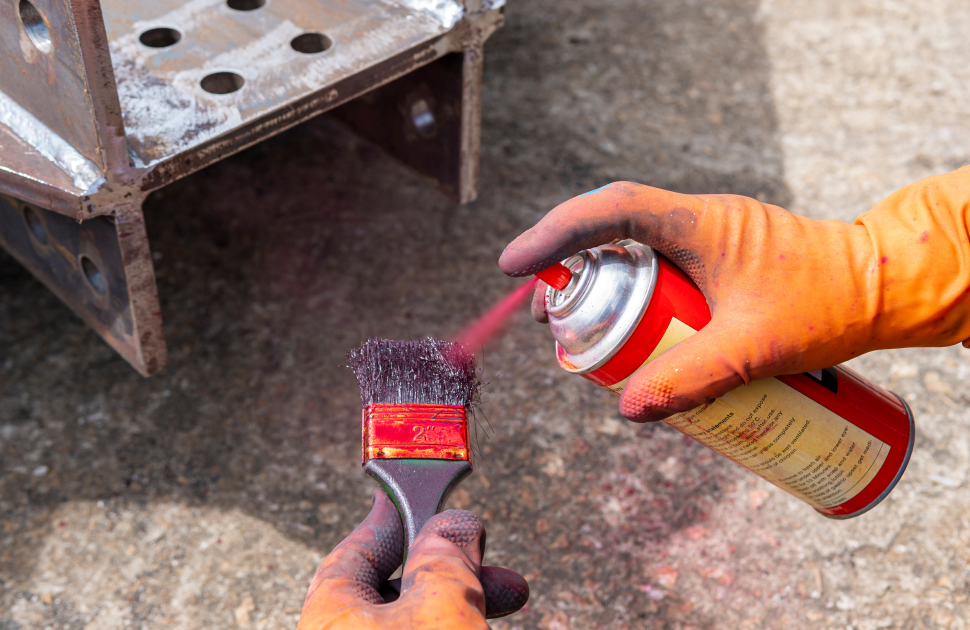Liquid penetrant fluorescent dye, also known as penetrant testing, is a widely used non-destructive testing (NDT) method used to detect surface discontinuities in various types of materials. It is particularly effective for detecting defects in non-porous materials such as metals, ceramics, plastics, and composites. This article will explain how liquid penetrant fluorescent dye works, its advantages and limitations, and its applications in various industries.
The basic principle of liquid penetrant fluorescent dye testing is to use a liquid dye to detect surface cracks, porosity, and other defects on the surface of a material. The material is first cleaned and dried to remove any contaminants, such as grease or oil, that may interfere with the test results. The penetrant is then applied to the surface of the material and allowed to penetrate into any surface defects through capillary action. The excess penetrant is then removed, and a developer is applied to the surface. The developer draws the penetrant out of any surface defects and causes it to fluoresce under ultraviolet light, making the defects visible.
The penetrant used in liquid penetrant fluorescent dye testing can be either visible or fluorescent. Fluorescent penetrants are more commonly used because they are more sensitive and can detect smaller defects. Fluorescent penetrants contain a dye that fluoresces under ultraviolet light, making the defects more visible. This is particularly useful when inspecting large or complex components that are difficult to inspect visually.
There are several advantages to using liquid penetrant fluorescent dye testing. First, it is a relatively simple and cost-effective method for detecting surface defects. It can be performed on a wide variety of materials, including metals, ceramics, plastics, and composites, making it a versatile testing method. Second, it can detect both surface and subsurface defects, making it more effective than visual inspection alone. Third, it is a non-destructive testing method, which means that the material being tested is not damaged or altered in any way during the testing process.
However, there are also some limitations to using liquid penetrant fluorescent dye testing. One of the main limitations is that it can only detect surface and near-surface defects. It is not effective for detecting defects that are located deep within a material. Another limitation is that it requires a clean and dry surface to work effectively. Any residual contaminants on the surface can interfere with the test results, leading to false positives or false negatives. Finally, it is not effective for testing materials that are porous or have rough surfaces, as the penetrant may not be able to penetrate into the surface defects.
Liquid penetrant fluorescent dye testing has a wide range of applications in various industries, including aerospace, automotive, construction, and manufacturing. In the aerospace industry, it is commonly used to inspect turbine blades, engine components, and aircraft structures. In the automotive industry, it is used to inspect engine blocks, transmissions, and other critical components. In the construction industry, it is used to inspect welds, bolts, and other structural components. In the manufacturing industry, it is used to inspect machined parts, castings, and forgings.
In summary, liquid penetrant fluorescent dye testing is a widely used non-destructive testing method that can detect surface discontinuities in various types of materials. It is a relatively simple and cost-effective testing method that can be performed on a wide variety of materials, making it a versatile testing method. It has several advantages over visual inspection alone, including the ability to detect both surface and subsurface defects. However, it also has some limitations, including its inability to detect deep-seated defects and its requirement for a clean and dry surface. Overall, it is a valuable testing method that is used in various industries to ensure the safety and reliability of critical components.

.png)








